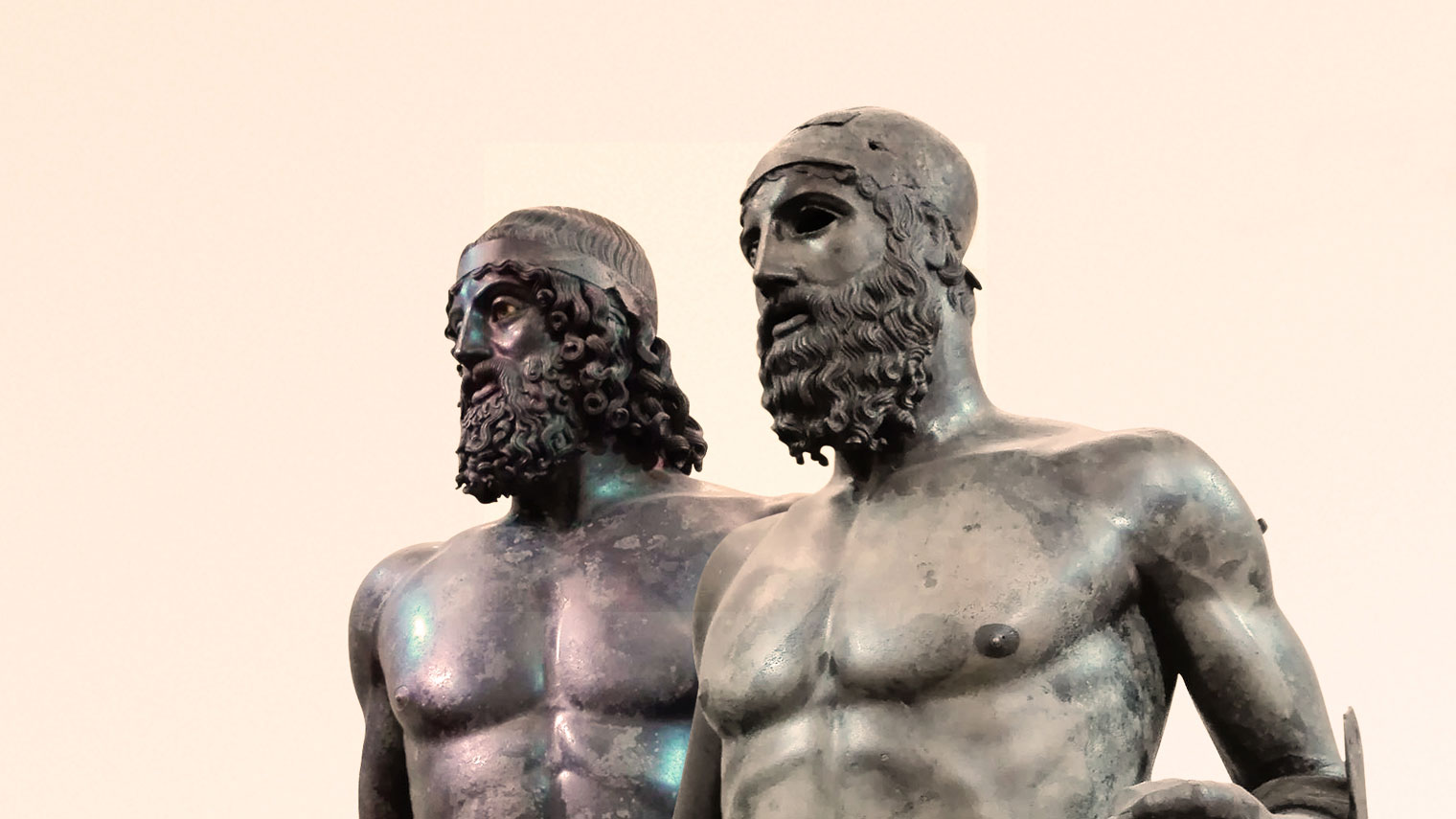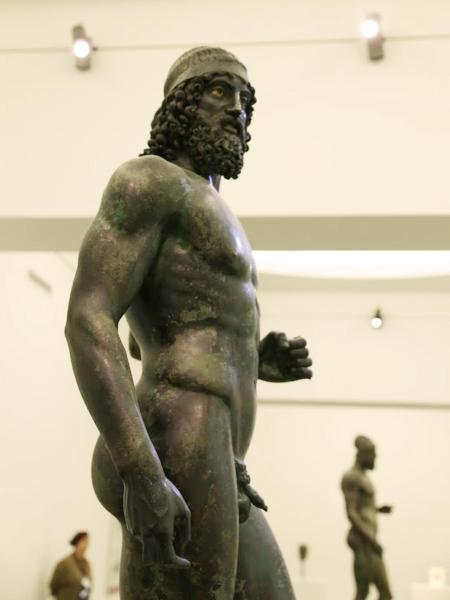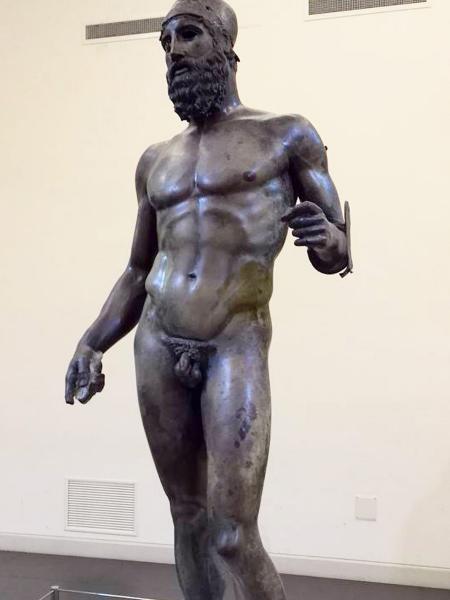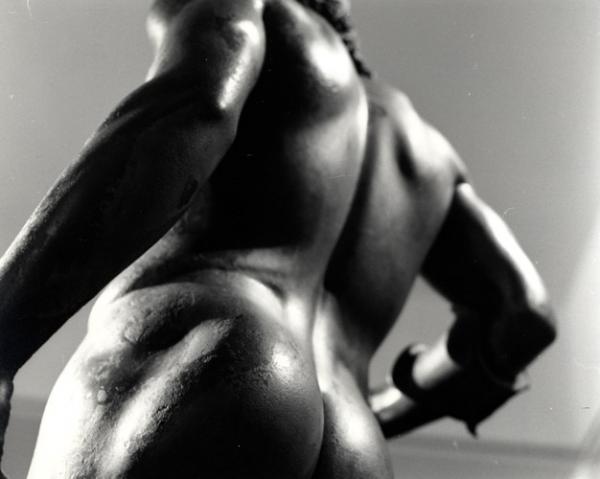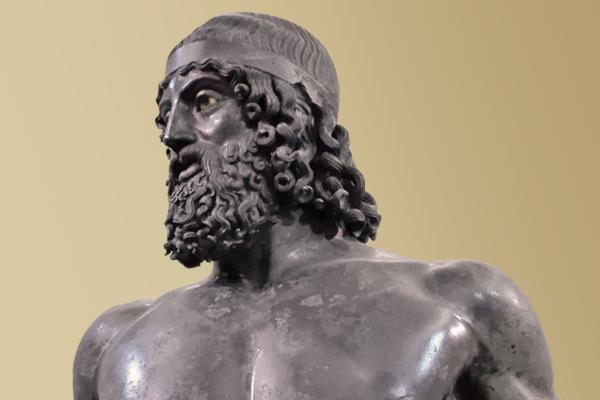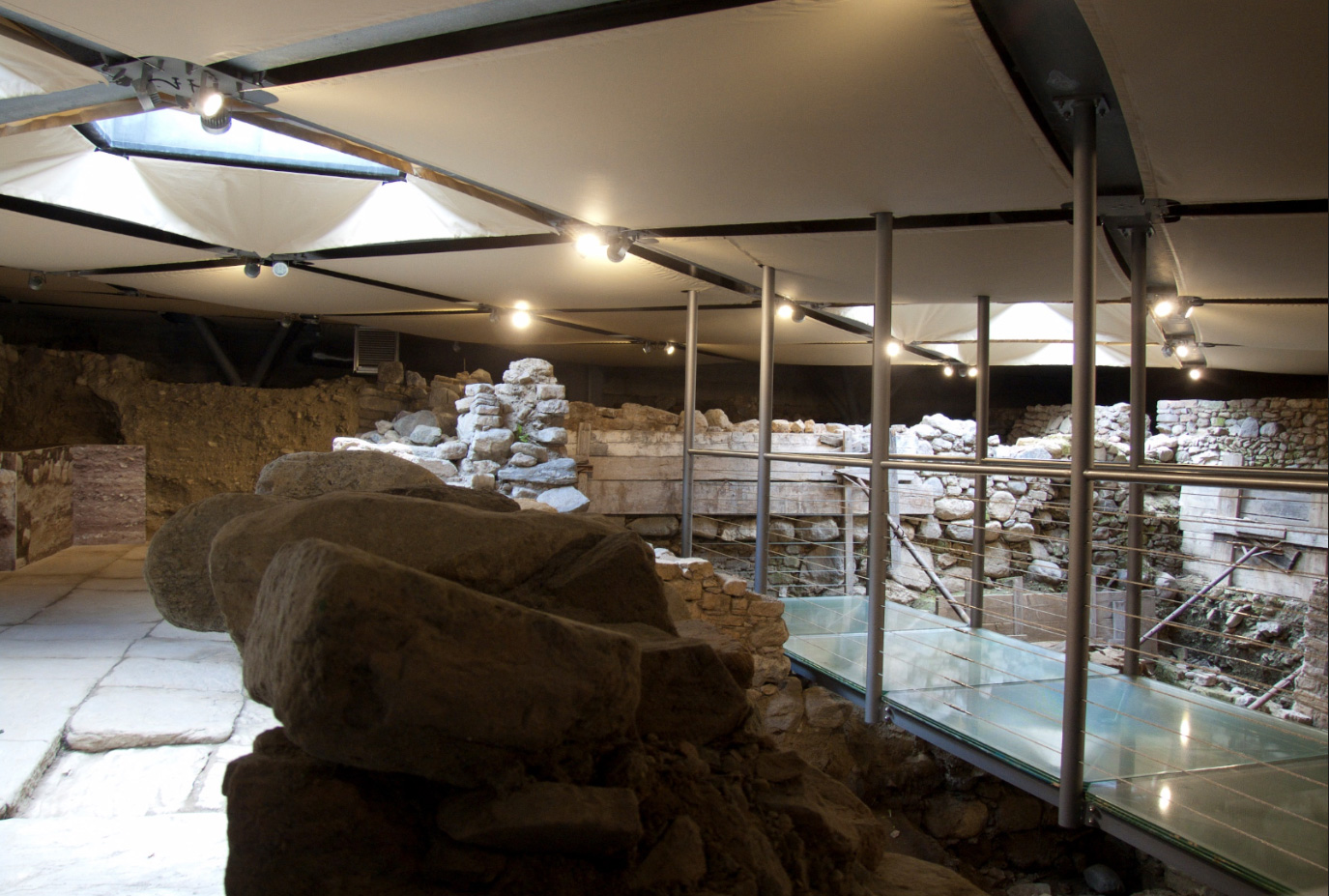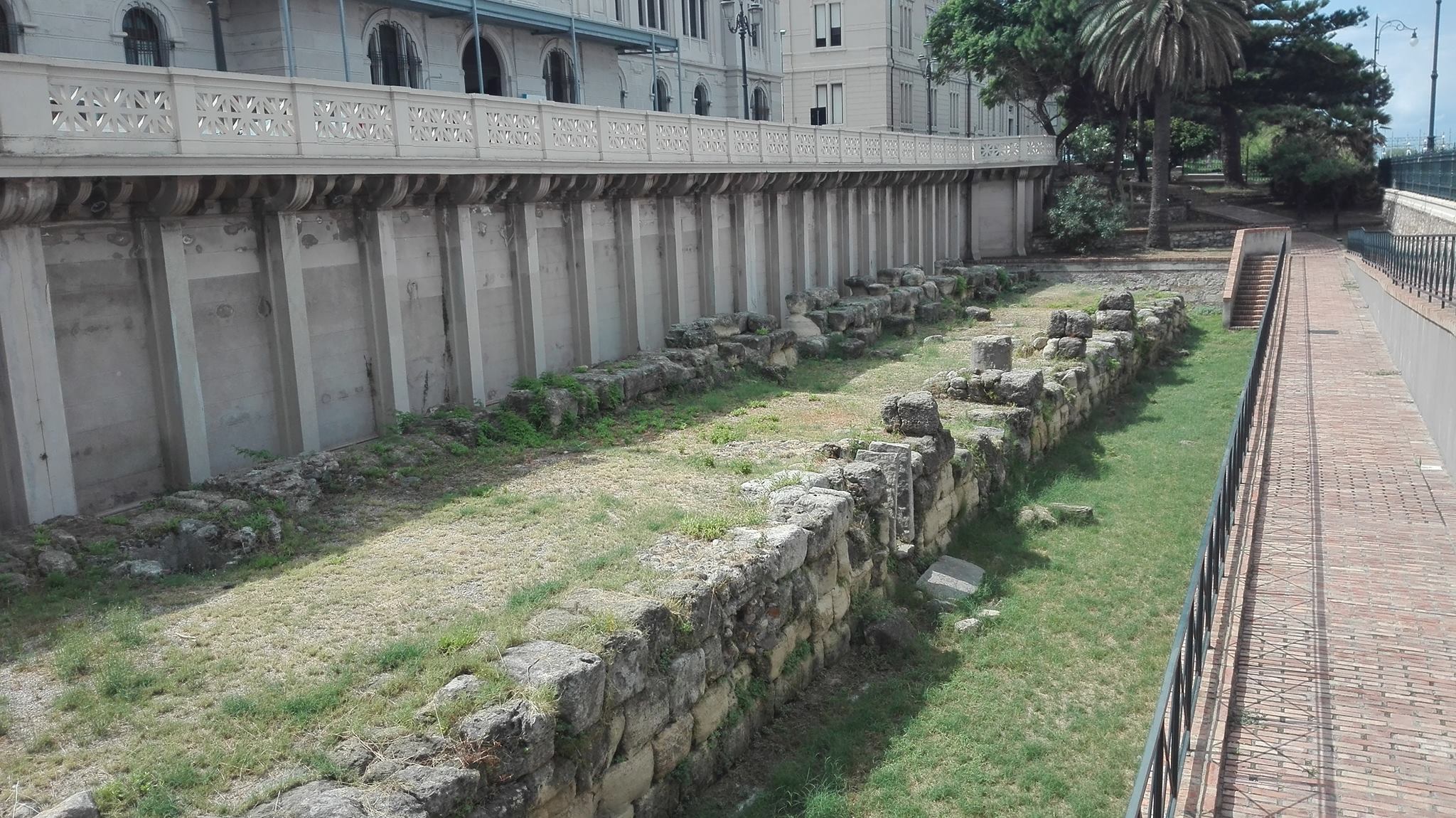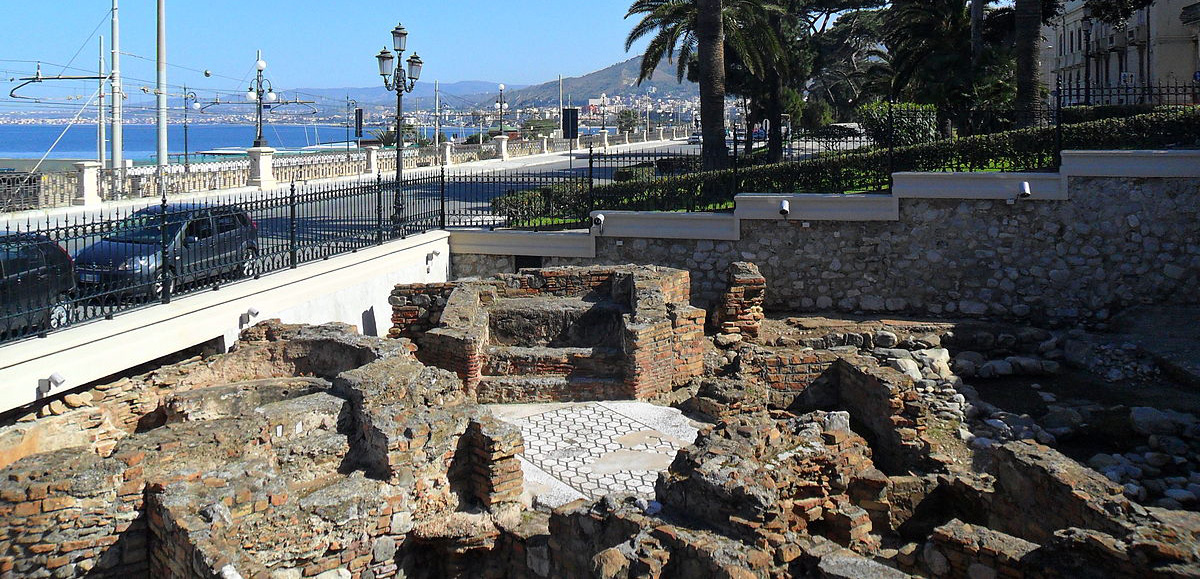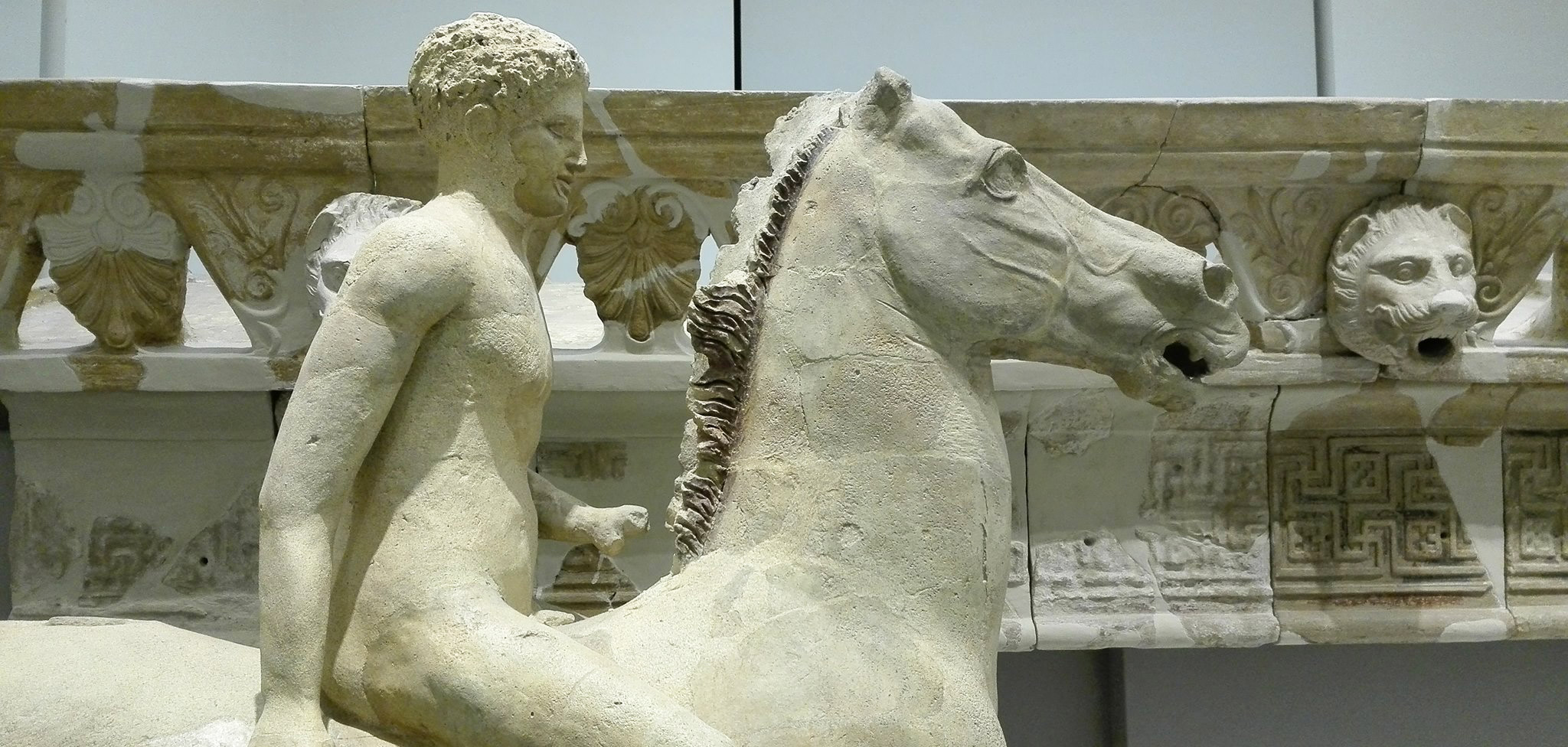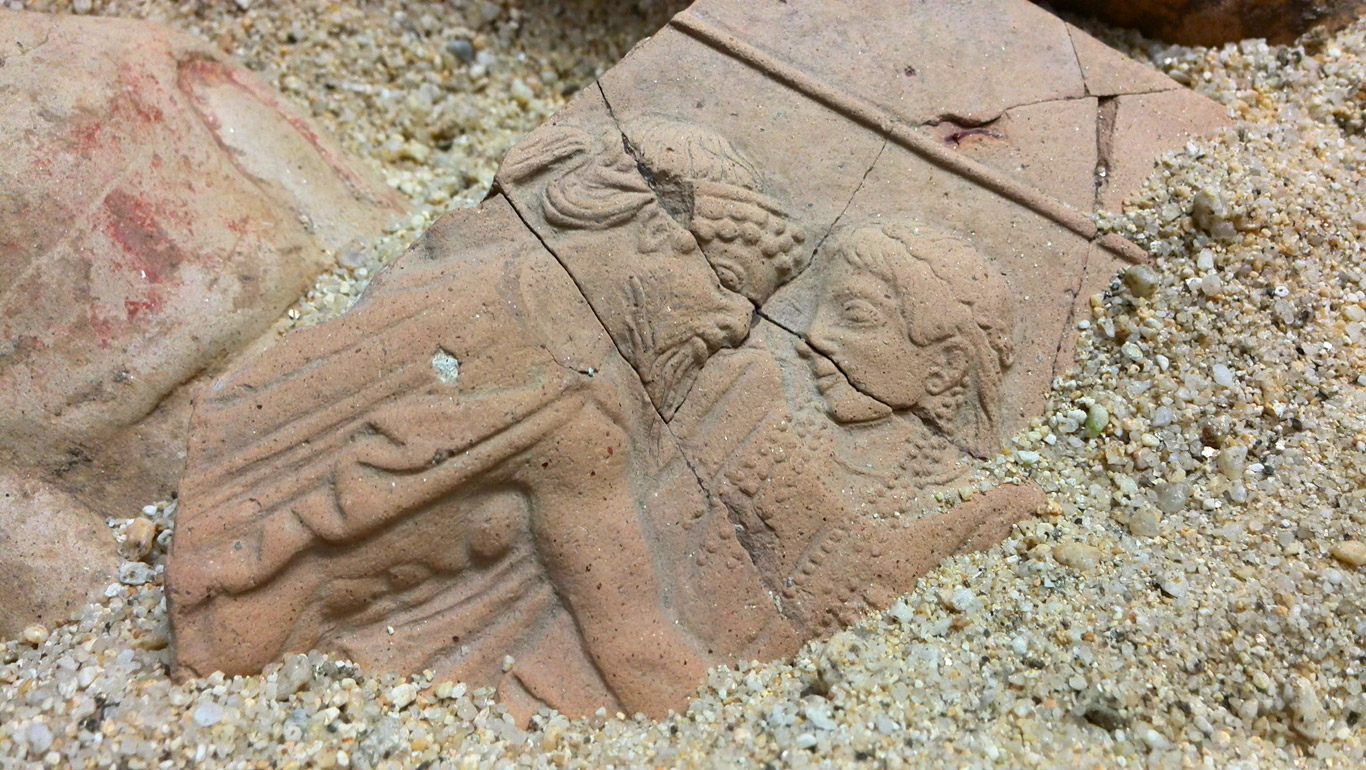The modern history of the Bronzes begins on August 16th, 1972, when, after an episode that has had implications that have not yet been completely clarified, two bronze statues were found, apparently without any modern findings in the surrounding area, at the site of the Porto Forticchio di Riace Marina.

Two millennia at the bottom of the sea, a heritage of humanity is waiting to be discovered at the MARC (Archaeological National Museum) of Reggio Calabria
After the recovery, the statues were sent for a first restoration, which was carried out between 1975 and 1980 in Florence. This intervention had two objectives: to clean and preserve the external surfaces. The removal of the fused land was carried out in a restoration laboratory located in the Reggio Museum from 1992-1995. The last restoration was finally concluded between 2010 and 2013. The two statues, named “A” and “B”, later renamed in Reggio as “il giovane” (“the young”) and “il Vecchio” (“the old”), are respectively 1.98 and 1.97 metres high. Their original weight of 400 kg has now decreased to about 160 kg thanks to the removal of the fused land. Today, they are on display to the public at the Archaeological Museum of Reggio Calabria.
DID YOU KNOW THAT…?
Regarding their date, location, creators, and which characters are represented by the Riace Bronzes, there are twelve accredited hypotheses by scholars from all over the world, all of which are different from one another. This increases the charm and mystery around the two heroes even more!
Treasures at the bottom of the sea
The Ioanian and the Tyrrhenian seas, both Calabrian, still hold many treasures that are yet to be brought to the surface. The discovery of the Riace Bronzes is certainly not an isolated case. Other important findings were found in the waters of Porticello (Municipality of Villa San Giovanni, a few kilometres from Reggio), namely The Head of Basilea and Head of a Philosopher, today preserved at the MArRC in the same room as the Riace Bronzes, constituting a small, yet most important of Greek bronzes from 5th century BC around the world. It doesn’t stop here, however. The waters in front of Punta Calamizzi in Reggio (now known as the Tempietto area) still hide the remains of the Temple dedicated to Artemis (identified in 2007 during an underwater expedition), whose columns have been located. Even the waters in front of the ancient Kaulon (today Monasterace Marina) still contain many treasures, including the columns of temples and the remains of ancient dwellings.
Not just Bronzes
The whole city of Reggio and its metropolitan area are an open-air archaeological park. From the archaeological findings in the city such as the l'Hypogeum of Piazza Italia (the ancient Agorà of Reggio), the Greek Walls and the Roman Baths on the Falcomatà Waterfront, to the excavations of Locri Epizefiri and the ancient Kaulon with their extraordinary Archaeological Museum, the area offers multiple opportunities to savour its history in the various eras that have followed one another, specifically offering a unique look at Magna Grecia.

